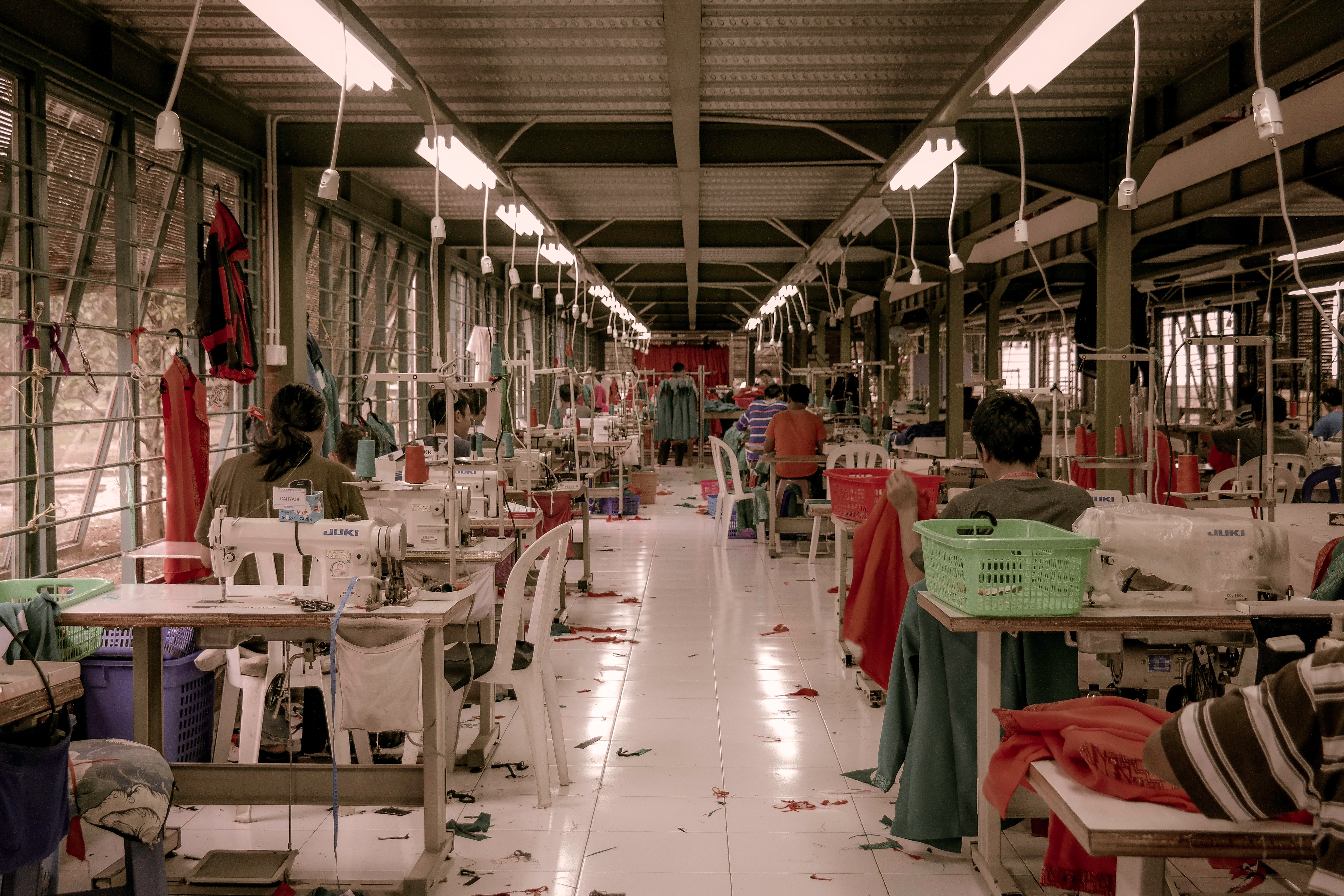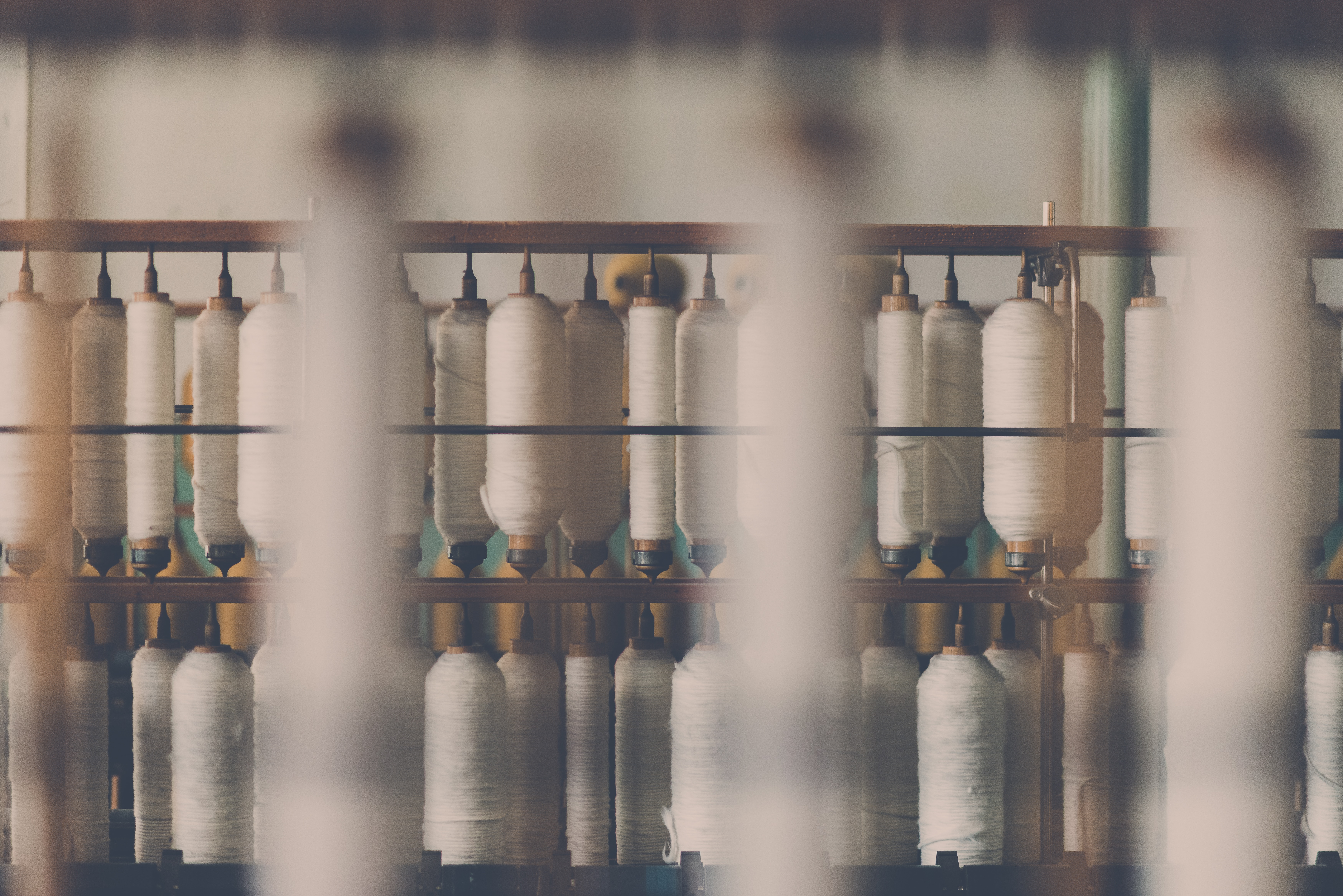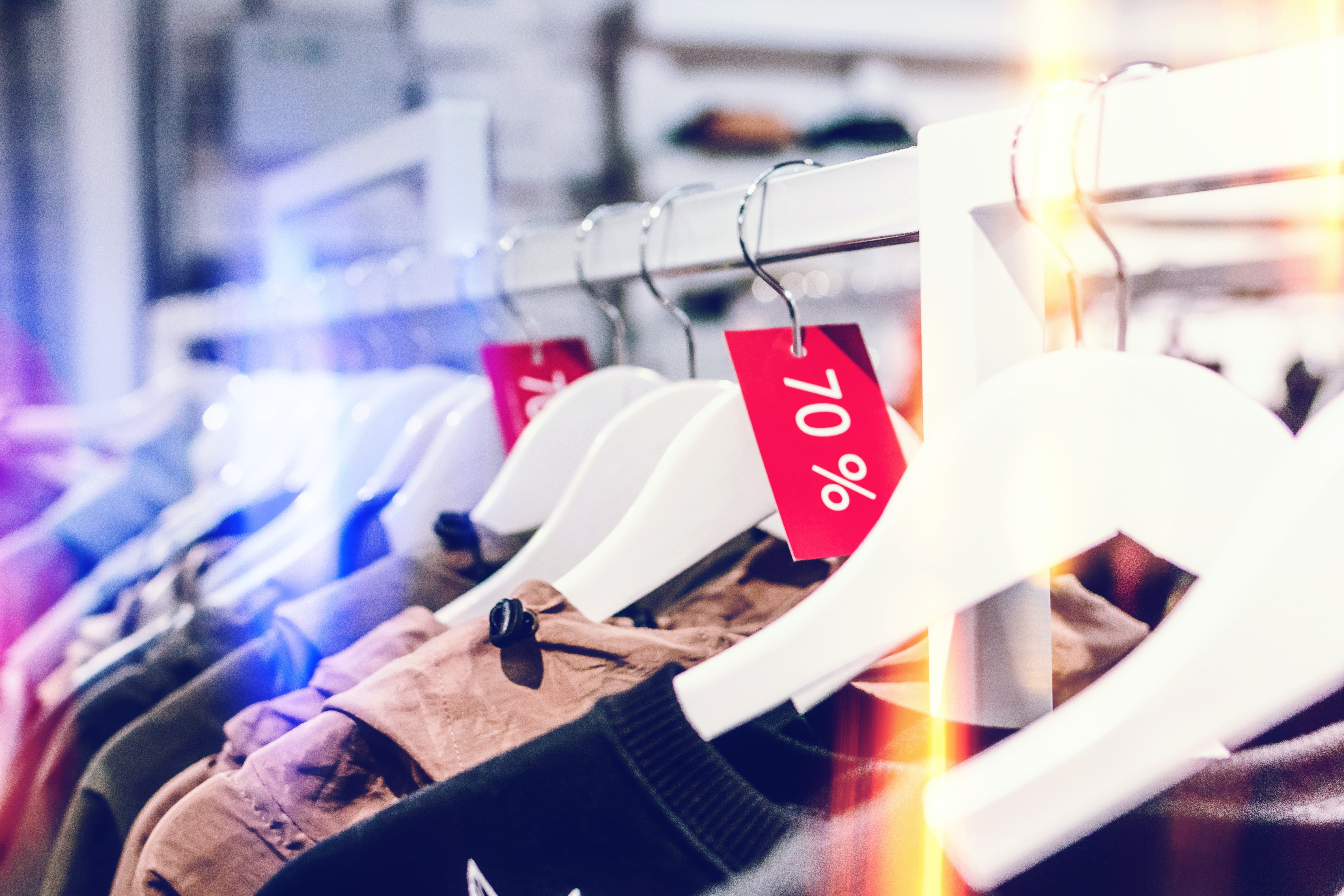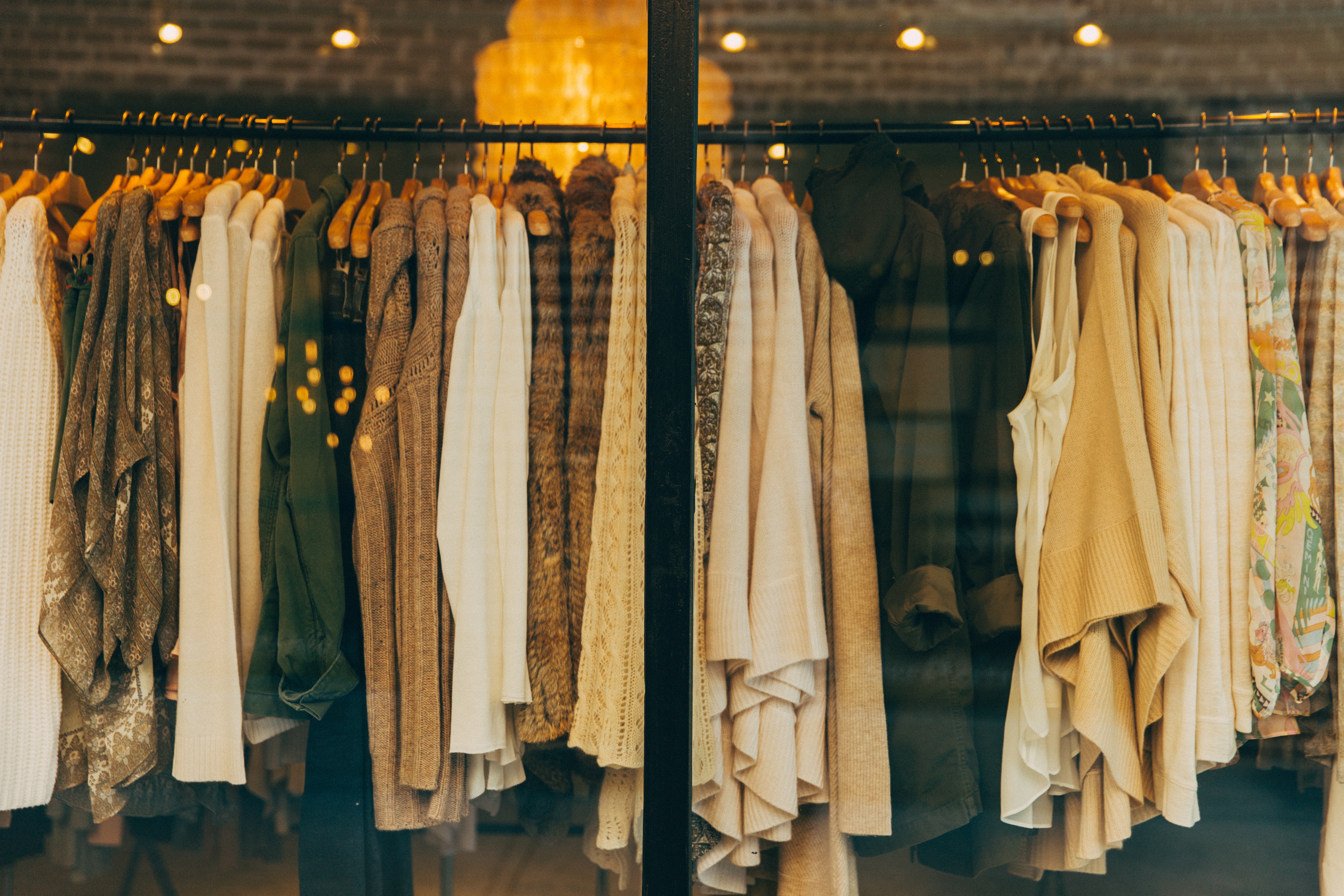The challenge of striking the right balance between development and sustainability has affected nearly every sector, including the fashion industry. The unprecedented growth of the industry in the last two decades has thrown environmentalists off as they couldn’t assess and predict its impact on the environment.
The United Nations Economic Commission for Europe (UNECE), 2018 report says that the $2.5 trillion-dollar industry produces 20% of global water waste and 10 percent of the global carbon emission. If we further process the environmental impact, in terms of numbers, the picture becomes scarier—it requires 2700 litres of water to produce one cotton shirt.
 Unsplash
Unsplash
The production part is just the tip of the iceberg and its environmental impact continues throughout the use and even after it’s discarded.
The UNECE report states that about 500,000 tons of microfibers, the equivalent of 50 billion plastic bottles, are released into the ocean each year from washing clothes. The quantity of discarded clothes is as high—-the equivalent of one garbage truck full of clothes is burned or dumped in a landfill every second. These numbers tell a tale of the share of the impact the fashion industry can have on the environment.
Environmentalists and industry alike have realised that fashion alone cannot be responsible, and if they come together to address the issue, it could be pivotal to the industry. And that’s why clothing companies have turned towards sustainable fashion.
Transition Towards Sustainable Fashion
Sustainable fashion prioritizes both environmental impact and the well-being of workers in clothing production. Sustainable fashion is a way of designing, producing, distributing, and consuming clothes that minimizes negative environmental and social impacts. Globally, apparel companies have been working on the Sustainability program and have taken several initiatives under responsible stewardship to make operations more sustainable.
 Unsplash
Unsplash
A report by Business of Fashion and the McKinsey Global Fashion Index suggests that by 2030, the fashion sector stands to gain a substantial potential annual benefit of $192 billion through the integration of sustainable practices. This encompasses cost savings due to decreased energy, reduced carbon emission, and water consumption, along with boosted sales of sustainable products.
Innovation driven by new technologies and platforms including artificial intelligence, machine learning, and the Internet of Things is revolutionizing the sector. These technologies enable seamless information flow across the value chain, fostering collaboration in product design & development, procurement, manufacturing, warehouse, logistics, and distribution. and retail stores. This transparency ensures product traceability, benefiting brands & retailers, producers and consumers. At the retail level, technology tracks buying behaviors and consumer trends, allowing companies to minimize unsold inventory and focus on in-demand products. This reduces waste, enhances resource efficiency, and optimises resources, aligning with sustainable fashion’s core pillars of economic, social, and environmental responsibility.
The textile industry has witnessed a surge in the adoption of sustainable production practices, with a notable focus on alternate materials like organic cotton, hemp, bamboo, and recycled materials. These choices demand fewer resources during processing and are responsibly sourced, contributing to a reduced ecological footprint. This shift towards eco-friendly materials that are both resource-efficient and responsibly acquired represents a significant stride in curbing the environmental impact of the textile industry.
 Unsplash
Unsplash
Textile & apparel factories harness solar energy by installing rooftop panels to lower reliance on fossil fuels, decreasing emissions, and cutting energy costs. Solar dyeing and thermal collectors further reduce energy consumption in dyeing and finishing processes, promoting sustainability.
Role of youths in sustainable value chain
It’s impossible to achieve anything without bringing together the other stakeholders in the ecosystem. In the case of sustainable fashion, it can be achieved through collaboration with all stakeholders including consumers, vendors and suppliers, educators, institutes, industry association and brands and retailers.
It’s important that consumers should also think about the impact of fashion on the environment and must make an informed choice to buy sustainable clothes only. This will also inspire and encourage textile manufacturers and fashion brands to shift towards sustainable fashion.
There’s another important role of big corporations, educators, and skill organizations to work towards this goal. And there’s been a lot of progress in this regard.
 Unsplash
Unsplash
Firstly, the big corporations must start partnering with smaller start-ups, consultancies, and think tanks in the sustainability space to achieve their ESG goals. Big corporations need to start including green skills as compulsory training in their workforce development programs and in a way should encourage sustainable product design.
Also, the government and corporations must introduce and encourage programs like Green Jobs and the Sustainability Accelerator Program at the school level that could skill and educate the youth from a very nascent stage. Today’s school students will be the future workforce for many sectors, including fashion, etc., and could be a changemaker for the environment.
The efforts from governments, corporations, schools, and students might take time to show a positive impact, but in the long term, the entire sustainability of the planet can be achieved with their joint efforts.
Source : India Times




























